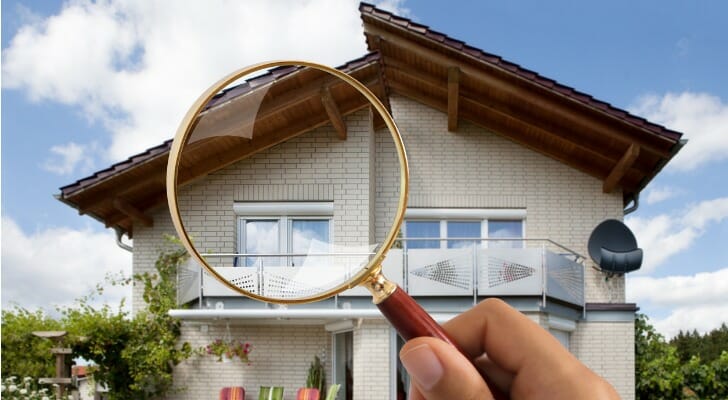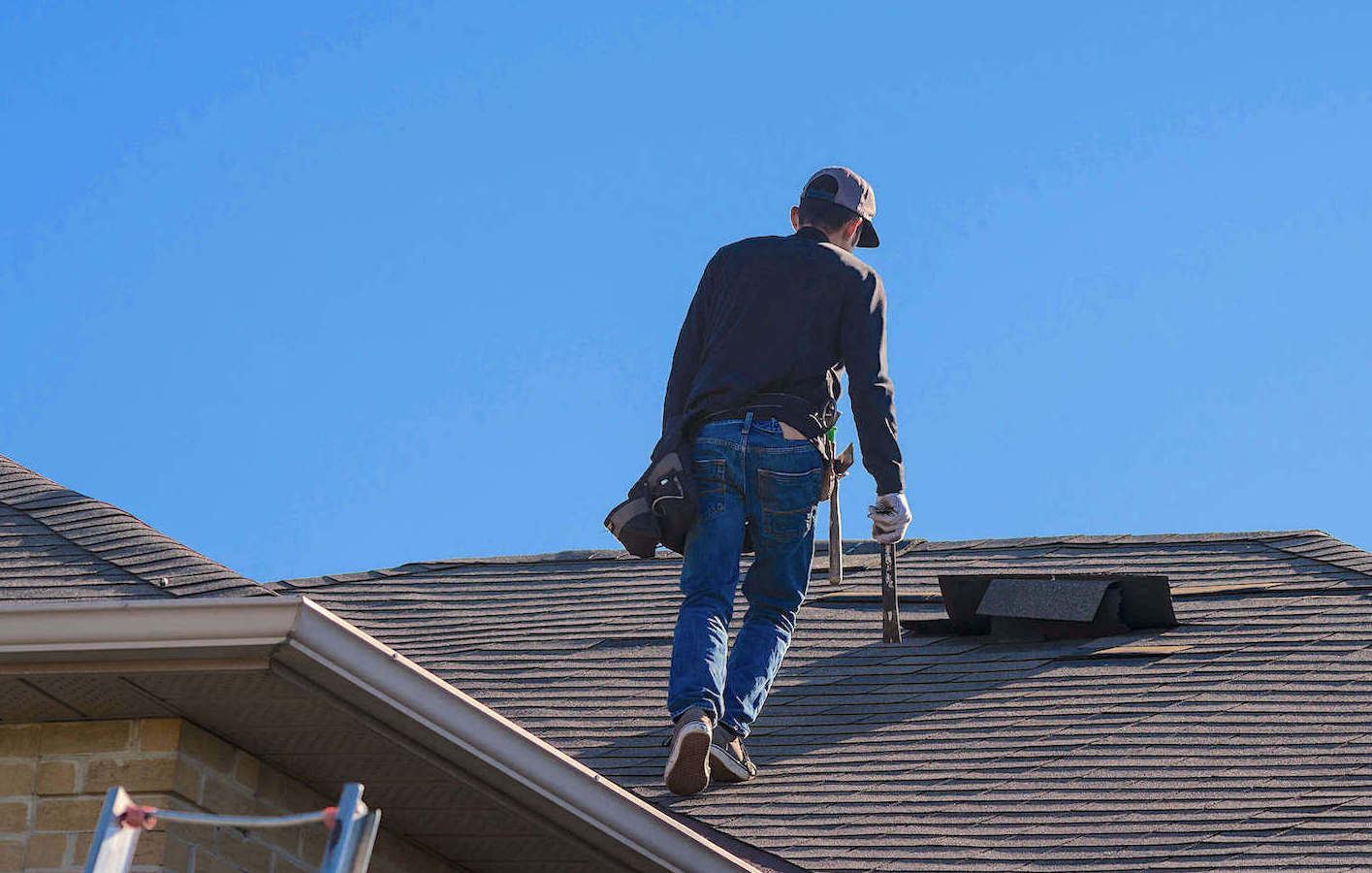Table of ContentsBuying A New Home? A Roof Inspection Will Save You MoneyHow To Inspect Your RoofRoof Inspection TipsA Roofing Inspection Checklist To Get Ahead Of ProblemsWhy Get A Roof InspectionCompelling Reasons To Invest In An Annual Roof Inspection
They will blister and have granular loss. Next, the matrix (product holding the item together) will be exposed. At this moment, water ends up being the main opponent, waiting patiently for the chance to make its move. Wood shingles and shakes will show comparable symptoms as asphalt when aging. Cupping, curling, lifting, splitting, insect damage, rotting and missing out on areas are all possible.
Click Site: https://www.dcroofingarizona.com/residential/roofing-contractor-tucson/
These products are extremely brittle. Growth and contraction brought on by the altering seasons will trigger these tiles to break or end up being loose. Walking on these tiles can be deadly to the material. Cracking and the signs of aging can be challenging to see from the ground. It will typically take an excellent set of binoculars and a strong ladder to get a bird's eye take a look at the condition of the roof.
House style vs. structure products. When looking at your home of your dreams, search for consistency in the architectural style and structure products. A single-story cottage-style house constructed in the '40s with plaster walls and clapboard outside siding that has actually included a brand-new wing with contemporary structure items might be an indicator of unauthorized adjustments and subpar craftsmanship.
Signs You Should Repair Or Replace Your Roof Before Selling
Electrical electrical wiring. House fires brought on by malfunctioning electrical circuitry prevail. Modern homes have an adequate supply of power and electrical outlets. Older homes do not. It's typical to see extension cords ranging from space to space in older houses. This puts a problem on the electrical system, outlets and cords and thus might result in a fire.
 What To Expect From A Professional Roof Inspection?
What To Expect From A Professional Roof Inspection?
Any wire that is exposed is susceptible to physical damage. If this happens, it makes sure to create chaos. Open splice wire (when wire is conjoined using only electrical tape and/or wire ports) is a typical do-it-yourself task and prevails in garages, attics and crawlspaces as well as above dropped ceilings.
Austin Chase type in on the year your house was built to offer a list of potentially pricey and hazardous conditions or components that might be hiding. Developed between 1900 and 1950: Knob and tube circuitry consists of fuses and fuse boxes and is thought about outdated and insufficient to cover today's loads.
Roof Inspection Lake Zurich Il
 Common Problems Found During Home Inspections
Common Problems Found During Home Inspections
This piping was born out of necessity as the military throughout The second world war was utilizing all the iron items for the war effort. A pipeline producer in Orangeberg, N.Y., created this piping. If the pipes in the house you are thinking about buying have actually not stopped working as of yet, it is inevitable.
 3 Important Roof Inspection List Items That You Should Know
3 Important Roof Inspection List Items That You Should Know
A video drain pipeline evaluation is critical. Constructed between 1984 and 1990: Defective ABS piping made out of recycled plastic was produced by five manufacturers. The pipeline has a tendency to crack within the glue joints. If ABS pipe is present it is incredibly expensive to change. Constructed between 1990 and 2000: A NOX rod combined heating system has heat exchangers that will crack and release carbon monoxide gas into the home and potentially can trigger fires.
An extensive house evaluation will spot this type of heater. Residences of all ages: Most crucial is the number-one flaw spotted during the inspection process: wetness and drain. This is the leading cause of dry rot, major structural damage and poisonous mold. It is necessary that grading of the property slopes away from the home.
When To Hire A Roof Inspector
Plumbing throughout the house must be devoid of leaks. These requirements need to be fulfilled or the results will be devastating. Look for the following signs: Examination for moisture conditions may include air quality testing. This process will find if there are any mold spores in the air. The existence of poisonous molds can be exceptionally hazardous to an individual's health and is extremely expensive to remedy.
Home inspector Dave Swartz has established a list of the 10 most typical home defects, a lot of them stressing the problems that Austin and Rick highlighted above: 1. Malfunctioning wiring. Used or out-of-date systems and house owner additions are the most typical defects, especially in older houses. Electrical system problems are security related and need immediate attention.
Roofing system issues. Incorrectly installed and aged surface areas occur often. We likewise see inadequately set up or missing out on flashing at shift areas. Repairs may be easy or the entire roofing might require to be replaced. Follow up any negative roofing system findings with an evaluation by a competent roofer. 3. Heating/cooling system problems.
4 Common Problems A Home Inspector Might Find In Your House
4. Pipes concerns. The most common flaws are leaking, outdated or problematic systems such as polybutelene. Repairs can often be made, but on occasion overall system replacement is the only solution. 5. Insufficient insulation and ventilation in attic. Poor insulation and poor ventilation cause extreme utility costs and absence of resident comfort.
Whole house is improperly kept. Deferred maintenance represents a potential high cost scenario to bring the house back into condition. If the house owner did not effectively take care of the home, someone will need to later. 7. Poor drainage around the structure. Water needs to recede from the structure at its perimeter to avoid water intrusion.
8. Air and water penetrating cracks and window borders at outside. Structure cracks and separations at the windows can allow water into the wall cavities, which is conducive to mold development. 9. Small structural damage. Cut and damaged trusses are typically seen in attic cavities and on event we likewise see structural components missing out on.
Compelling Reasons To Invest In An Annual Roof Inspection
10. Prospective environmental issues. Signs of mold development represents the most recent environmental scare. Homebuyers should consider a total ecological evaluation of the home prior to purchasing.